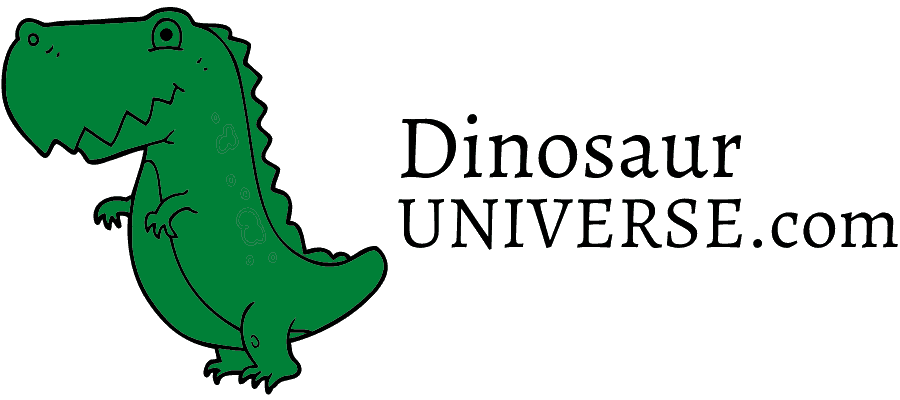Lifestyle
How to Say “Dinosaur” in Spanish – Dino en Español
Dinosaurs are some of the most fascinating creatures that have ever roamed our planet. They were massive, powerful, and awe-inspiring. And while they may be long gone, we can still learn a great deal about them by studying their remains. In fact, thanks to modern technology, we can now learn about dinosaurs in ways that were once impossible.
Decorate your home with your favorite primitive creatures with our sumptuous dinosaur rugs.
For example, did you know that scientists have been able to extract DNA from dinosaur bones? This has allowed them to create accurate models of what dinosaurs looked like, down to the smallest detail. They’ve also been able to study how dinosaurs moved and behaved, giving us a much better understanding of these amazing creatures.
So, if you want to learn more about dinosaurs – or just feel like vicariously experiencing their awesomeness – then check out this article! It will teach you how to say “dinosaur” in Spanish. And who knows, maybe you’ll even be able to impress your Spanish-speaking friends with your new vocabulary.
“Dinosaurio” is the word for “dinosaur” in Spanish. However, this word can also be used to refer to a specific type of dinosaur, such as the Tyrannosaurus Rex or the Triceratops. If you want to be more specific, you can use the word “dinosaurio” followed by the name of the specific dinosaur. For example, “Tyrannosaurus Rex” would be “Tiranosaurio Rex” in Spanish.
When talking about dinosaurs in general, you can use either “dinosaurios” or “dinosaurio”. For example, you could say “Los dinosaurios eran muy grandes” (Dinosaurs were very large) or “El Tyrannosaurus Rex era un gran dinosaurio” (The Tyrannosaurus Rex was a great dinosaur).
If you want to pluralize “dinosaur”, you can simply add an “s” to the end of the word. So “dinosaurio” would become “dinosaurios” and “Tyrannosaurus Rex” would become “Tyranosaurios Rex”.
Keep in mind that the plural form of “dinosaurio” can also be used to refer to multiple specific dinosaurs. For example, you could say “Los Tyrannosaurios Rex eran unos dinosaurios muy grandes” (The Tyrannosaurus Rex were some very large dinosaurs).
Most of the time, you can use “dinosaurio” and “dinosaurios” interchangeably. However, there are some instances where one form is more appropriate than the other. For example, when talking about a specific dinosaur, it’s usually better to use “dinosaurio”. On the other hand, when talking about dinosaurs in general, it’s usually better to use “dinosaurios”.
Here are a few more examples of how to use “dinosaurio” and “dinosaurios” in a sentence:
- Quiero ir al museo de dinosaurios. (I want to go to the Dinosaur Museum.)
- Ella estudió muchos dinosaurios en la Universidad. (She studied many dinosaurs in university.)
- A él le gustan los libros de dinosaurios. (He likes Dinosaur books.)
If you want to know more about these magnificent animals like where did dinosaurs live? Discover it in this article.
Conclusion
Now that you know how to say “dinosaur” in Spanish, you can start using this word in your conversations. Just remember to be specific if you’re talking about a particular type of dinosaur. And if you’re ever in doubt, simply pluralize the word to refer to multiple dinosaurs. With a little practice, you’ll be speaking like a native in no time!

